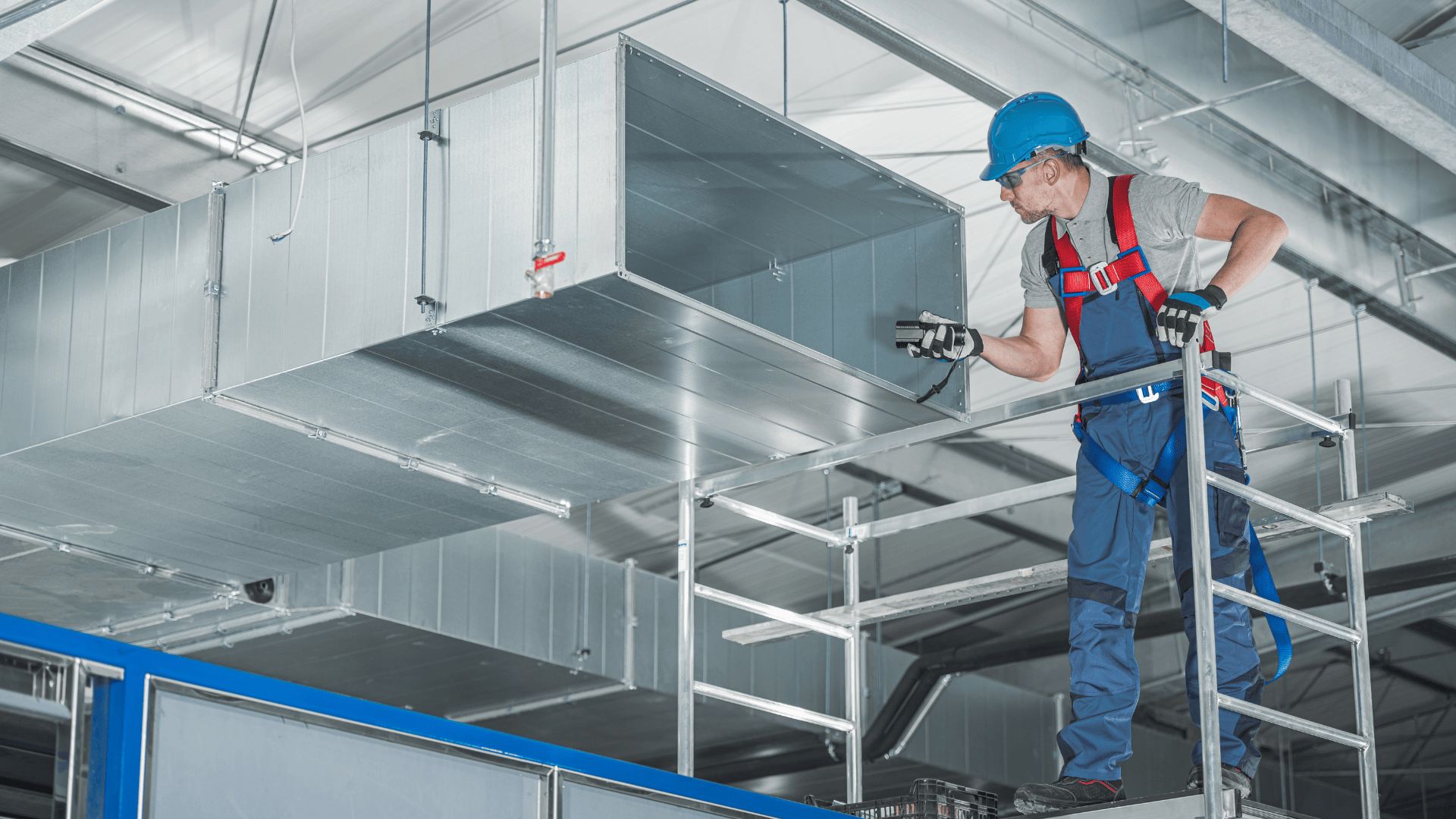In the past, HVAC companies were mostly about nuts, bolts, and blower fans. The work was gritty, grounded, and not exactly where you’d expect to find innovation humming beneath the surface. But that’s changed—quietly, yet undeniably. As more businesses lean into smarter tools and digital infrastructure, HVAC companies that adapt are doing more than surviving. They’re growing, gaining trust, and building serious momentum. The tech behind it all isn’t just about automation or efficiency—it’s helping companies stay lean, sharpen communication, and even protect themselves in a world that feels more digital by the hour.
This isn’t just about cool gadgets. It’s about survival and steady, sustainable success in a field that’s long been overlooked. Here’s a closer look at the tech side of HVAC that’s helping good companies get ahead—and stay there.

Smart Tools That Cut Guesswork and Boost Speed
It used to be that HVAC work involved a clipboard, a truck, and maybe a little luck when diagnosing a problem. That’s not how it works anymore, at least not for companies trying to keep up with modern expectations. Now, tech-savvy HVAC teams rely on smart sensors that can spot issues before a human even touches the unit. Systems monitor performance in real-time, flagging drops in pressure or unusual temperature shifts, which helps technicians work with a clearer sense of what’s going wrong before they even show up. The upside is huge: less time wasted, happier customers, and fewer callbacks that eat into labor hours.
Remote diagnostics have taken off too. A lot of newer systems allow technicians to run checks and even tweak settings from a tablet or phone. That means faster service windows and better use of manpower, especially during busy seasons when the calls don’t stop coming. The data collected also feeds long-term maintenance plans, which lets HVAC companies shift from reactive to proactive service models. That shift alone can turn a one-time job into an ongoing relationship.
Data Security and Connectivity Are Now Non-Negotiable
As HVAC companies embrace more cloud-based systems and smart tools, there’s another side to the tech conversation that can’t be ignored: security. It’s not dramatic to say the entire industry is sitting on a quiet target. HVAC networks often connect to wider building systems—lighting, security, even occupancy trackers. If someone gets into one piece, they can potentially access much more. That’s why cybersecurity for HVAC companies isn’t just a buzzword—it’s becoming part of the job description.
Good HVAC firms are getting smarter about who has access to what. They’re investing in encrypted platforms, setting strict permission levels, and training their staff to spot phishing and other threats that slip through the cracks. Hackers aren’t always looking for HVAC companies specifically. But when they find them vulnerable, they use them as a backdoor. The companies thinking ahead are locking those doors before anyone knocks. That’s earning them trust with commercial clients, who care deeply about protecting their networks and data, and are willing to pay more for vendors who take that seriously.
One Software Tool That’s Changing the Game
If there’s one piece of tech that keeps coming up in conversations with successful HVAC companies, it’s dispatch and job management software—especially in the commercial space. A lot of technicians and business owners describe it like flipping a switch. Before, their days were chaotic. Calls got missed. Paperwork went missing. Crews got stuck in traffic without updated addresses or had to call back to the office for job details. But now, with commercial HVAC field service software, things run with a lot more clarity.
The software keeps everything in one place: scheduling, customer history, technician notes, billing, inventory—you name it. That means less time juggling phone calls or re-entering the same information five different times. Crews see their full schedule on their phones. Office teams can reassign work in real time. Billing happens fast, often before the tech has even left the parking lot. It doesn’t just save time—it reduces stress and builds stronger customer relationships. That alone can shift a company from playing defense to really stepping into a growth mindset.
Training and Tech Go Hand in Hand
All this smart tech sounds great on paper. But none of it works if teams don’t understand how to use it. That’s where a lot of companies stumble—they throw new tools at old habits and hope it works. The HVAC companies seeing the most traction are the ones that build training into the DNA of their business. They aren’t just hiring for skills—they’re hiring for curiosity, for teachability, for a willingness to change.
Training programs don’t need to be formal or expensive. Some businesses do weekly walkthroughs of a new software feature. Others pair up experienced techs with younger hires to swap knowledge in both directions. The goal is making the tech feel useful, not intimidating. And when it clicks—when someone who’s used paper logs for 20 years finally sees the benefit of going digital—it creates real buy-in. That’s when a company stops dragging people toward change and starts moving as a unit.
The Reputation Boost No One Talks About
There’s one more thing that’s quietly happening as HVAC companies go more digital. They’re starting to look different to clients—more professional, more dependable, more modern. When a technician shows up with a tablet, knows the full service history of a building, and sends a clean invoice within minutes of finishing the job, it sends a message: this company has its act together. That goes a long way in an industry where trust is everything and competition is fierce.
Customers—especially commercial clients—are noticing. Reviews improve. Referrals increase. Even if they don’t fully understand the backend systems, clients respond to speed, clarity, and follow-through. Those things don’t come from luck. They come from investing in tools that support great service, then making sure the whole team knows how to use them.
Success in the HVAC Industry Is Now Tied to Tech
The HVAC companies quietly winning right now aren’t the ones with the flashiest marketing or the lowest prices. They’re the ones thinking ahead. They’re building systems that reduce friction, protect data, and make work easier for their crews. They’re investing in software that simplifies the chaos. And they’re creating cultures where new ideas are welcomed, not feared.
In a trade that’s always been about airflow and insulation, it turns out the most important shifts are happening behind the scenes—on screens, in code, and inside apps that are rewriting the way business gets done.

Founder Dinis Guarda
IntelligentHQ Your New Business Network.
IntelligentHQ is a Business network and an expert source for finance, capital markets and intelligence for thousands of global business professionals, startups, and companies.
We exist at the point of intersection between technology, social media, finance and innovation.
IntelligentHQ leverages innovation and scale of social digital technology, analytics, news, and distribution to create an unparalleled, full digital medium and social business networks spectrum.
IntelligentHQ is working hard, to become a trusted, and indispensable source of business news and analytics, within financial services and its associated supply chains and ecosystems










